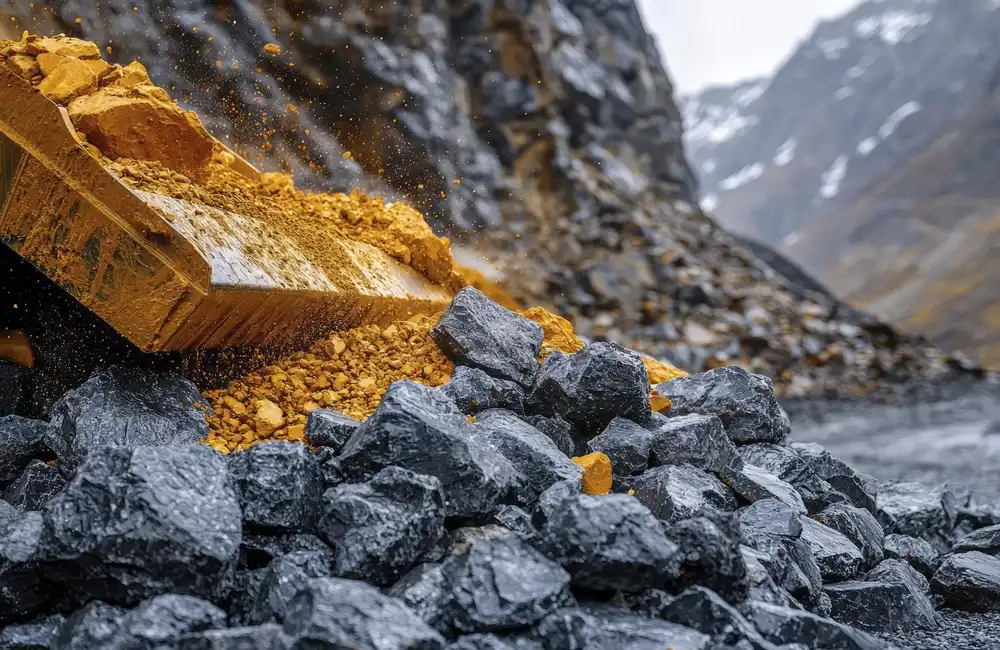The U.S. shale gas industry has long been a central player in the global energy market, significantly altering the dynamics of energy production since the early 2000s.
Given the continuous evolution of technology, market demands, and regulatory policies, understanding the trajectory of U.S. shale gas output is essential for investors and industry advisors alike.
The Rise of U.S. Shale Gas
The shale gas boom began in the early 2000s with fracking and horizontal drilling unlocking vast reserves in formations like Marcellus and Permian. By 2022, the U.S. hit a record 97.7 Bcf/d of dry gas, with shale accounting for over 77% of production.
Key Drivers Behind Current Shale Gas Output
Technological Advancements
Innovations such as super pads, data-driven drilling and “green fracking” methods have lowered costs, boosted efficiency and reduced environmental impact.
Global and Domestic Demand
Surging LNG exports to Asia and Europe, alongside gas replacing coal in power generation, underpin continued growth in both international and domestic markets.
Price Resilience and Market Trends
Despite Henry Hub volatility, producers in low-cost basins like Haynesville and Appalachia remain profitable, sustaining output even at softer prices.
Challenges Facing U.S. Shale Gas Producers
Environmental Regulations and ESG Expectations
Heightened scrutiny over methane emissions, water use and seismic risks is driving stricter rules and higher ESG standards for operators.
Infrastructure Constraints
Pipeline bottlenecks and delayed LNG terminal projects can limit market access for high-production basins like the Permian.
Capital Discipline and Investor Expectations
Investors now favour capital efficiency over unchecked growth, pressuring companies to balance output with profitable returns.
Opportunities and Future Outlook
Global Energy Security
Russia’s conflict in Europe has intensified reliance on U.S. LNG, reinforcing shale gas’s role in geopolitical energy strategies.
Decarbonisation Strategies
As a lower-carbon bridge fuel, shale gas paired with CCUS investments can support the transition while renewables scale up.
Expansion of Export Infrastructure
Planned liquefaction and pipeline expansions could lift U.S. LNG export capacity to 16.3 Bcf/d by 2030, unlocking new markets.
Key Takeaways for Advisors and Investors
The sector’s outlook remains strong thanks to tech efficiency and LNG demand, but success hinges on addressing ESG, infrastructure and capital-discipline challenges.
Targeting companies with robust export strategies, sustainable practices and advanced technologies can deliver attractive, risk-adjusted returns.
A Resilient and Evolving Industry
The U.S. shale gas industry’s adaptability and innovation make it a cornerstone of the modern energy landscape. At Advisor’s Gateway, we provide expert insights to help you capitalise on emerging opportunities and navigate evolving market dynamics.






















